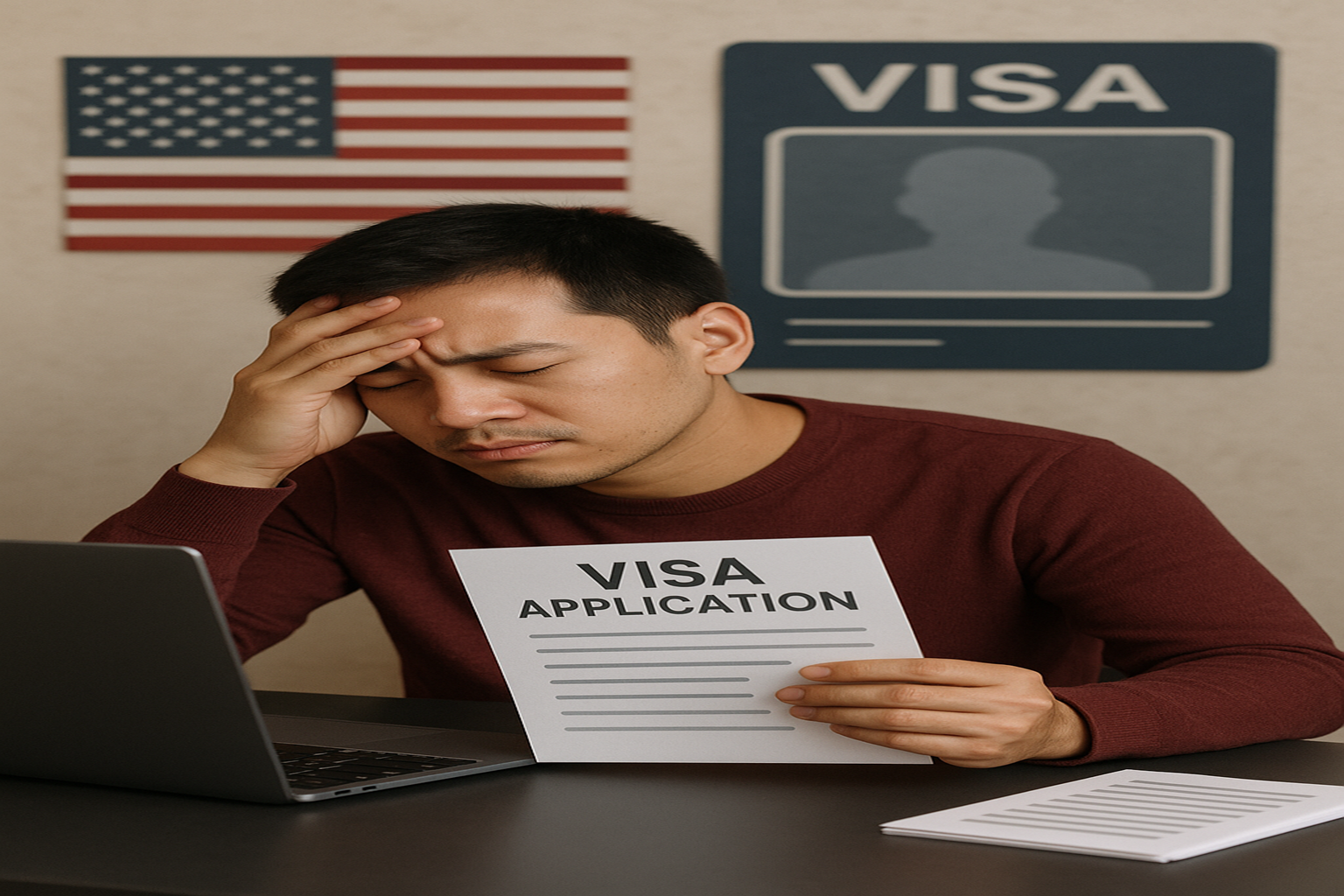
25 Sep The Silent Struggles of Applying for a US Visa
The application process for a US Visa is frequently presented as simple: complete the application, show up for the interview, and wait for approval. Beneath this exterior, though, is a convoluted process full with difficulties that many applicants keep to themselves. The ambition of travelling to or relocating to the United States may appear far-fetched and intimidating due to these difficulties, which might include everything from personal problems to administrative roadblocks.
1. The Weight of Documentation
One of the first obstacles applicants encounter is the extensive documentation required. For instance, when applying for a U.S. tourist visa (B2), individuals must provide:
- A passport valid for six months beyond the intended date of entry.
- Recent colored photographs meeting specific size and quality standards.
- Financial statements or bank records to prove the ability to support oneself during the stay.
- Proof of ties to the home country, such as employment letters or property ownership documents.
The meticulous nature of gathering and organizing these documents can be overwhelming, especially for those unfamiliar with the process.
2. The Anxiety of the Interview
The visa interview is a pivotal moment in the application process. Applicants often experience anxiety, fearing that a minor misstep could lead to rejection. The pressure to present oneself confidently and answer questions accurately can be stressful, particularly when dealing with language barriers or cultural differences.
3. The Uncertainty of Processing Times
After the interview, applicants are left in a state of uncertainty as they await the processing of their visa. This waiting period can be agonizing, with no clear timeline for when a decision will be made. The lack of transparency during this phase adds to the stress and anxiety applicants feel.
4. The Financial Burden
The costs associated with applying for a U.S. visa can be significant. In addition to the application fee, which for a 10-year U.S. tourist visa (B2) is approximately ₹16,440 applicants may incur expenses for medical examinations, document translations, and travel to and from the embassy. For many, these costs represent a substantial financial commitment, and the fear of rejection after such an investment can be disheartening.
5. The Impact of Policy Changes
Recent policy changes, such as the proposed increase in H-1B visa application fees to $100,000, have added another layer of complexity to the visa application process. These changes can discourage potential applicants, especially those from countries like India, where a significant number of professionals seek employment opportunities in the U.S. The uncertainty surrounding such policies can deter individuals from even considering the application process.
6. The Emotional Toll
Beyond the logistical and financial challenges, the emotional toll of the visa application process is often overlooked. The hope of reuniting with family, pursuing educational opportunities, or advancing one’s career can be overshadowed by the stress and uncertainty of the application journey. The fear of rejection can lead to feelings of inadequacy and self-doubt.
Conclusion
The process of applying for a U.S. visa is fraught with challenges that go beyond the paperwork. From the anxiety of interviews to the emotional strain of uncertainty, applicants navigate a complex system that often tests their patience and resilience. Recognizing these silent struggles is the first step toward creating a more transparent and supportive environment for all applicants.



No Comments